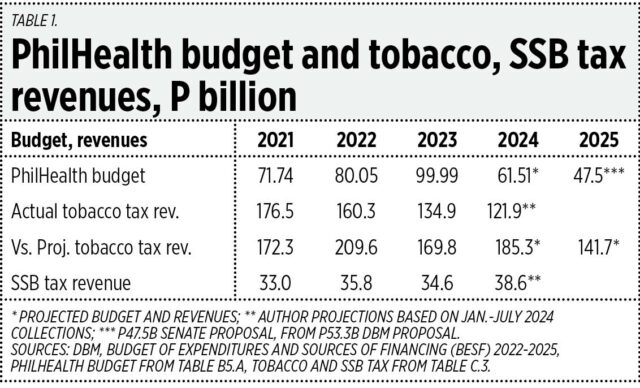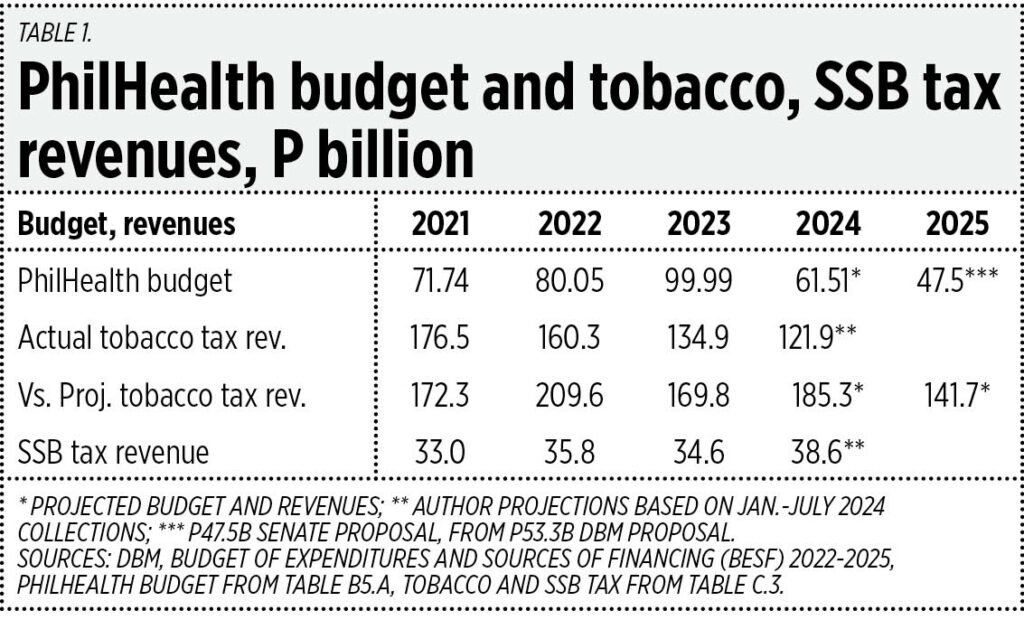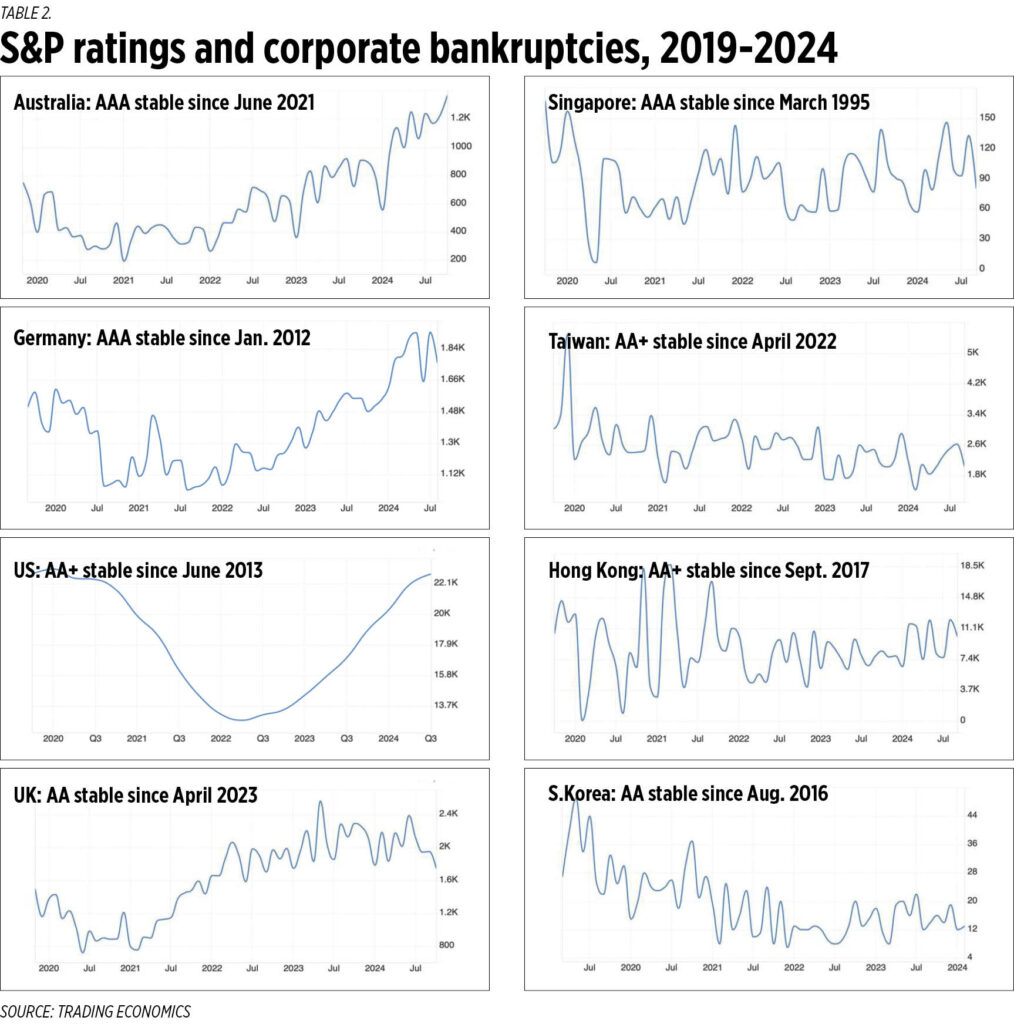Power China tapped to construct MTerra Solar
![solar-panels-[MICHAEL-WILSON-UNSPLASH]](https://www.bworldonline.com/wp-content/uploads/2024/12/solar-panels-MICHAEL-WILSON-UNSPLASH-640x427.jpg)
TERRA SOLAR Philippines, Inc. (TSPI), a subsidiary of SP New Energy Corp. (SPNEC), has tapped Power Construction Corp. of China Ltd. (Power China) for the construction of a portion of the P200-billion solar and battery energy storage project.
TSPI signed an engineering, procurement, and construction (EPC) contract with Power China along with its affiliates to build the east-side development of the MTerra Solar Project, the company said in a statement on Monday.
“MTerra Solar serves as our bold step towards ensuring a sustainable energy future for the Philippines — and with Power China as our partner, we are well on our way to achieving our vision of a cleaner energy future for the Philippines,” TSPI President and Executive Director Dennis B. Jordan said.
TSPI is constructing a 3,500-megawatt-peak (MWp) solar power plant and a 4,500-megawatt-hour (MWh) battery energy storage system in Central Luzon.
The project will be located in five towns — Gapan, General Tinio, Peñaranda, and San Leonardo, all in Nueva Ecija, and San Miguel, Bulacan.
Slated for completion by 2027, MTerra Solar is expected to provide clean energy to more than two million households.
Under the agreement, Power China will handle the development of the project’s east section, spanning approximately 1,505 hectares.
The section accounts for 1,050 MWp of the project’s total capacity.
SPNEC said that the agreement covers warranty, defect resolution, and the implementation of operational and maintenance protocols “to ensure long-term reliability and success” of the project.
MGen Renewable Energy, Inc., the renewable energy arm of Meralco PowerGen Corp. (MGen), holds a controlling stake in SPNEC. MGen is a subsidiary of power distributor Manila Electric Co. (Meralco).
“We sign this EPC agreement with Power China recognizing their expertise, exceptional track record, and unwavering commitment to excellence — we know that they will help us realize our bold ambition,” MGen President and Chief Executive Officer Emmanuel V. Rubio said.
Power China, a state-owned enterprise, focuses on the planning, design, and construction of electric power infrastructure with a presence across Africa, Asia, and Europe.
For the west side, TSPI recently inked an EPC contract with China Energy Engineering Group Co., Ltd. (Energy China) for the construction of the project’s section accounting for 1,400 MWp for solar and 3,300 MWh for energy storage.
Last month, the companies officially broke ground for the MTerra Solar Project, marking the full swing of its construction.
The project is set to deliver solar energy under a 20-year, 850 MW mid-merit power supply agreement to Meralco.
Meralco’s controlling stakeholder, Beacon Electric Asset Holdings, Inc., is partly owned by PLDT Inc.
Hastings Holdings, Inc., a unit of PLDT Beneficial Trust Fund subsidiary MediaQuest Holdings, Inc., has an interest in BusinessWorld through the Philippine Star Group, which it controls. — Sheldeen Joy Talavera













